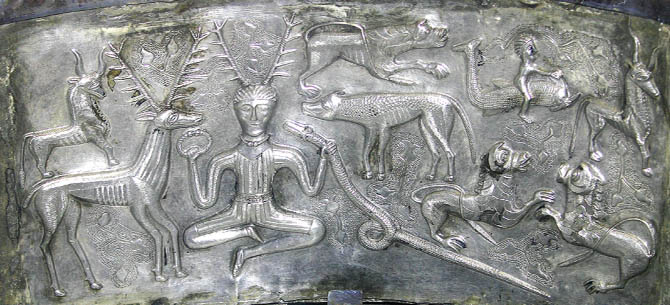
Another manifestation of religious and cult were sacrifices and votive gifts or treasures in some of the sacred sites. Currently, sacrifices are also considered major findings of weapons in Lathen and Porte (Nidau) in Switzerland, though not always, these statements are quite convincing. Of the two and a half thousand items found in Lathen more than a third of guns, iron swords (some with stamps), spears, darts and shields. The nature of some of the findings are currently difficult to judge. Known for discovery in the Czech Republic in duhtsovskom hot spring (hp. Lagosht), made in 1882, it contains about 2,000 items, mainly brooches and bracelets, most of which was in a bronze pot, sometimes it is considered votive treasure, sometimes trading. It is known that the Celts made great sacrifices before battles, and after the finish, and sacred places left part of the spoils of war this is mentioned by Caesar and Posidonius and Strabo speaks of large votive hoards Wolken-tektosagov in sacred places and creeks in Tolosa (Toulouse) There was supposedly a large hoard of gold and raw silver, which the Romans took over in 106 BC Sohlasno Diodorus, gold, as a sacrifice to the gods, was common in Celtic sacred places and the “temple”, which was a lot, and none of the local residents do not dare to touch him. On the island of Anglesey in the last century of the old era, dropped to a rocky cliff into the water orugkie, manufacture carts and chains of captives or slaves, the same place the sacrifices we find in Scotland, England and elsewhere in Scotland at the beginning of our era sacrificed entire collections of votive objects, often in bowler hats (Karlingvark, Blackburn Mill, Eckford) Sometimes the Celts used to this end items are old, damaged or broken magnificent shields of the Thames at Battersea, or from Lincolnshire (Witham) were soon lost in the transition across the river than sacrificed. Caught in a difficult position, entire nations, families and individuals (in disease, danger to life) sacrifices, without the help of the Druids, to get the location of the gods of the nature and of the sacrifices the way we know little ancient writers briefly mention the sacrifices of cattle and sometimes people. Some of the Gallic tribes, according to the testimony of Caesar, woven wicker big baskets in the shape of human figures, placed in them and burned people alive. They believed that the gods pleasant sacrifice of these people who have been caught with a crime, but with a lack of such victims were sacrificed innocent people. It was founded on the belief that some of the gods can be ublagotvorit burnt, its other drowning or hanging. By sacrifices also provides a good harvest, the birth of healthy children or fortune in cattle. The whole life of the Celts was imbued with such practices, which is fairly easy to detect remnants of more ancient times, when gradually developed primitive religious ideas. In the various cults and rituals played an important role cult pots, simple and gorgeous art work. A brilliant example of the latter is the iconic silver pot of Gundestrup in Jutland he found in 1891 in a swamp in the vicinity of Aalborg; its height 42 cm, width 69 cm, weight about 9 kg Engraved wall of the pot on the inside and the outside covered with gilded silver plates depicting gods or heroes whose eyes are inlaid with blue enamel. On one of the plates is shown Tsernunnos god to another god with a wheel (Jupiter-Taranis?) Or a three-headed god, the third human victim, goes down head in a tub of water. On the inner plates we see soldiers with the standard of the icon, or in the form of a wild boar, the neck of some figures or heroes of the head decorated with Celtic torkvesom. Place of manufacture of the pot is not known. According to Drexler, he was made somewhere in the south-east, on the territory of scordisci in the lower reaches of the Danube; Hawks and Reynard admit that this Celtic-Ligurian work of the 2nd century, captured Cimbri and ranked them on the north But some researchers believe that it is a later product, which arose under the influence of the eastern cultural trends (Mithras), much later, probably in north-eastern Gaul in Denmark were found and other bowlers – in rinkeby and recently (1952) in the eastern Jutland Bra (brass pot with an iron rim and figural ornaments in the form of bovine heads, about 118 cm wide and 70 cm in height), O. Klindt-Jensen believes that the pot could be made in the La Tene time in one of the workshops in Moravia. Drowning victim depicted on the pot from Gundestrup It seems, however, that the sacrifice or vow may have been committed and symbolic injured by weapons and sprinkling himself with his own blood the sacred objects or the altar trees. Some mention of Tacitus and Lucan allow such assumptions.

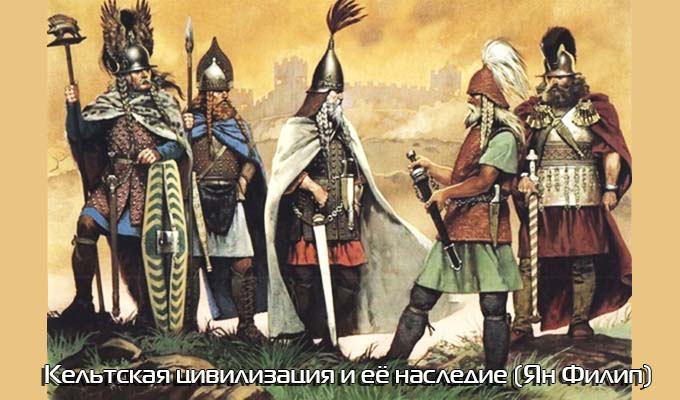
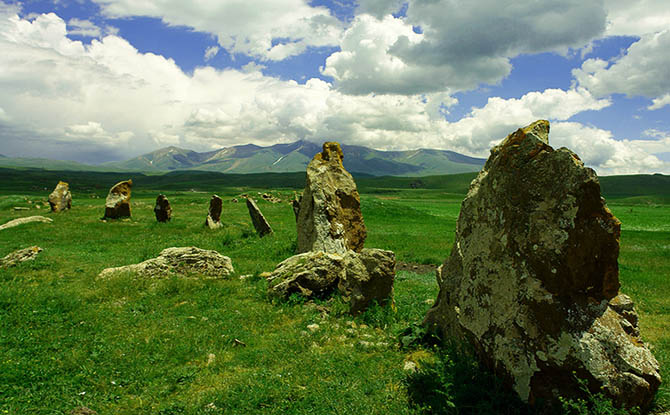
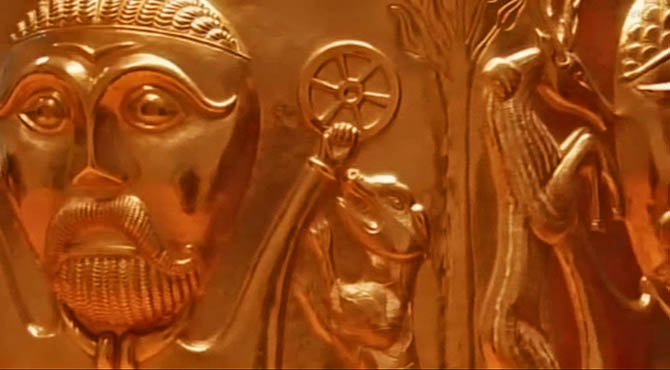

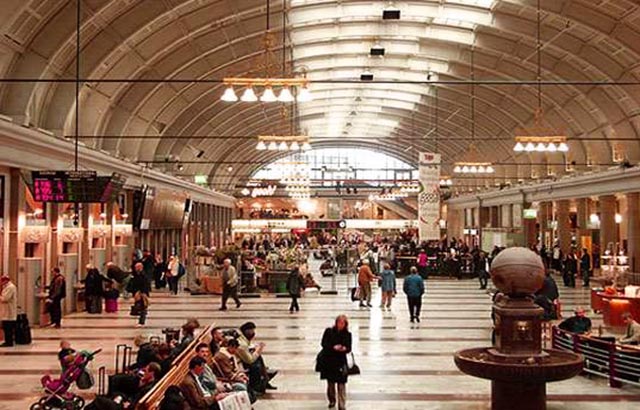
Leave a Reply